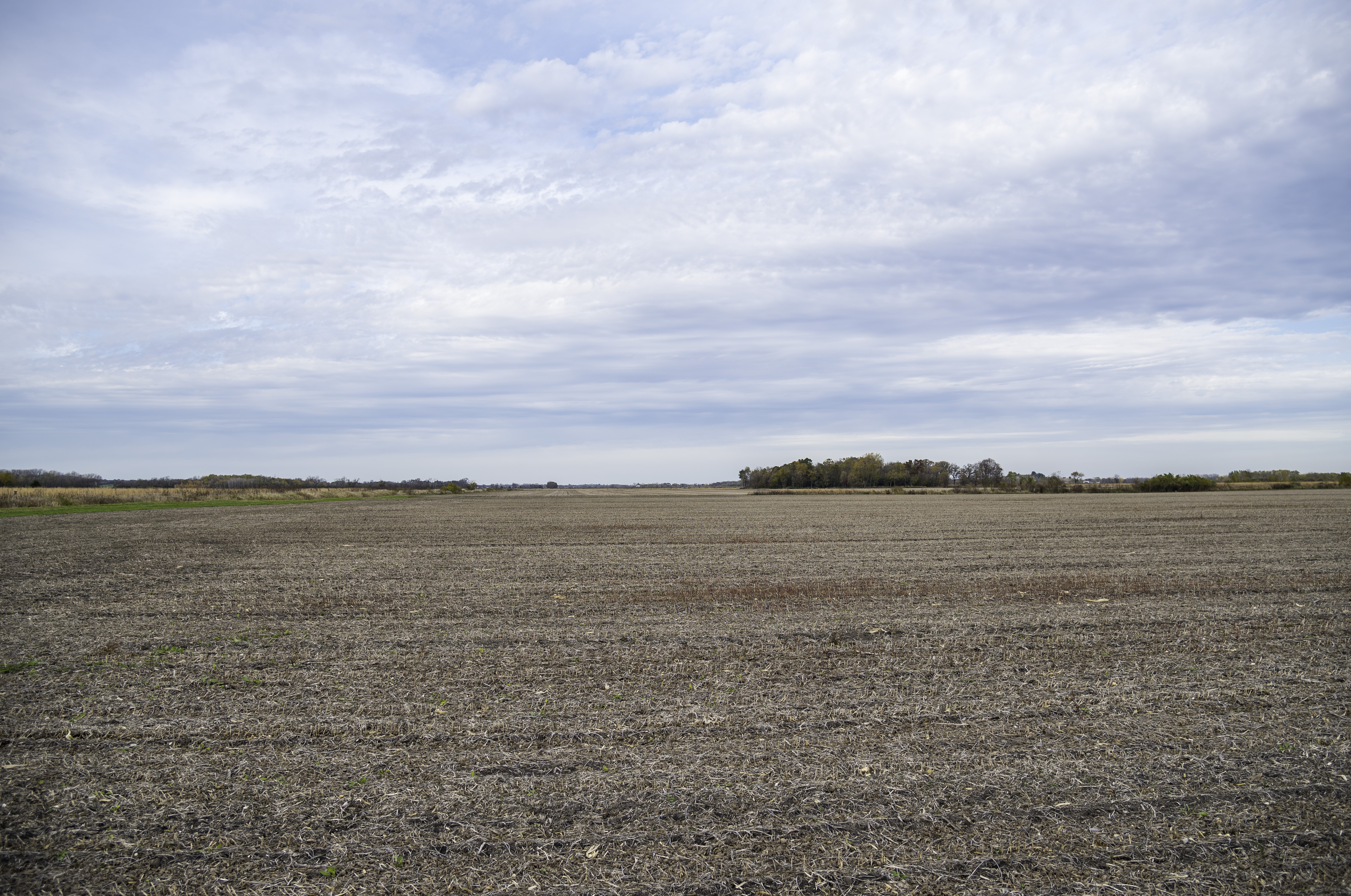Corrected 10/10/2018: An earlier version of this blog post misstated that the Food Distribution Program on Indian Reservations (FDPIR) does not have funding for FY19, thereby indicating FDPIR as an orphan program. This was incorrect. FDPIR is funded though the SNAP budget and, like SNAP, will continue to operate. The program within FDPIR that loses baseline funding is a $1 million feasibility study. The blog post has been corrected below.
Last Sunday night, on September 30, the farm bill expired. Despite months of legislators’ efforts, Congress was unable to come to an agreement as to what the next piece of legislation should look like. This failure of lawmakers to reconcile has left some programs, known as “orphan programs,” without a clear future and largely un-operational as of last Monday morning.
The farm bill funds a massive number and range of programs. Some of these, such as SNAP (the Supplemental Nutrition Assistance Program), are independently authorized and funded through pieces of legislation other than the farm bill. So while the current lack of a farm bill may impact them, they’re not dead in the water without it. Other programs, the ones you’ve seen referred to as “orphan programs,” are those that are solely authorized and funded by the farm bill. This means that without a farm bill, the agencies that operate them may lack sufficient resources to continue to implement and operate them.
It’s been widely reported that there are 39 of these so-called “orphan programs” now that the 2014 farm bill has expired. This number comes from a Congressional Research Service report released earlier this year that concluded that there are 39 programs that receive farm bill funding that do not have a “budget baseline,” that is, they are not currently allocated sufficient funding to operate, beyond the 2018 fiscal year.
Those 39 programs, accompanied by a brief description of their purpose and function, are listed below. Sonny Perdue has pledged USDA to work to the limit of the law in keeping as many of these programs operational as legally possible. What ultimately becomes of these programs will depend on what Congress is able to agree on in the coming weeks and months.
Conservation Programs
Small Watershed Rehabilitation (under NRCS): allows local watershed project sponsors, assisted by grants, to rehabilitate aging structural measures, such as dams, that are part of water resource conservation projects.
Terminal Lakes (under NRCS): provides project grants to assist at-risk terminal lakes, such as by providing water or conducting research on how to support local wildlife and plant resources.
Voluntary Public Access (under NRCS): provides grants to help state and tribal governments increase public access to private lands for recreation, including hunting and fishing.
Wetlands Mitigation Banking (under NRCS): allows producers that damage wetlands at one location to buy credits from a privately owned “wetland mitigation bank” to compensate for their impact of lost wetlands.
Grassroots Source Water Protection Program: funds identification of rural areas where pollution prevention is most needed and the formation of local plans to promote clean source water in those communities.
Energy Programs
Biorefinery Assistance Program: provides loan guarantees to assist in the development, construction, and retrofitting of emerging technologies for advanced biofuels.
Biomass Crop Assistance Program: provides financial assistance, in the form of matching payments or annual payments, to owners and operators of private forest lands who wish to establish, produce, and deliver biomass feedstocks.
Bioenergy Program for Advanced Biofuels [Advanced Biofuel Payment Program]: provides payments to producers who wish to expand production of advanced biofuels.
Biobased Markets Program [BioPreferred]: provides for voluntary product certification and labeling, as well as mandatory purchasing requirements by the federal government, in order to grow the market for biobased products.
Repowering Assistance Program: provides funding for up to half of the total costs of biorefineries to install renewable biomass systems for heating and power.
Biomass Research and Development Initiative: provides grants for the development of activities regarding feedstocks and feedstock logistics, biofuels and biobased products development, and biofuels development analysis.
Biodiesel Fuel Education Program: provides grants to nonprofits and institutions of higher education to conduct educational and technical support programs that will serve to promote and advance infrastructure, technology transfer, fuel quality, fuel safety, and increasing feedstock production.
Research Programs
Foundation for Food and Agriculture Research: funds research broadly related to agriculture, such as plant and animal health, food safety, nutrition and health, renewable energy, natural resources, food security, and agriculture systems and technology.
Organic Agriculture Research and Extension Initiative: funds projects to assist organic producers and processors, including biological, physical, and social science research.
Beginning Farmer and Rancher Development Program: provides grants to offer education, training, outreach, and mentoring programs to meet the needs of the next generation of farmers and ranchers.
Nutrition Programs
Pilot Projects to Reduce Dependency and Increase Work Requirements and Work Effort Under SNAP: provides pilot grants to states to test a range of job-driven strategies, including intensive case management and career navigation programs.
Food Insecurity Nutrition Incentive Grant Program: provides grants to conduct and test projects aimed at increasing the purchase of fruits and vegetables among low-income consumers.
Northern Mariana Islands Pilot: provides funds to operate a pilot food aid program in the Northern Mariana Islands.
Retail Food Store and Recipient Trafficking: provides funds to prevent trafficking (the exchange between recipients of benefits and food retailers for cash) of SNAP benefits.
Canned, Frozen, or Dried Fruits, Vegetables: funds a pilot program to evaluate the impact of providing canned, frozen, or dried (as opposed to only fresh) fruits to students in elementary schools with high rates of free and reduced-price meal enrollment.
Food Distribution Program on Indian Reservations Feasibility Study: funds a study to determine the feasibility of Indian Tribal Organizations (ITOs) administering Federal nutrition assistance programs in lieu of State agencies.
Cash Nutrition Assistance Program in Puerto Rico: provides a monthly benefit for food to low-income households in Puerto Rico.
Miscellaneous Programs
Wool Apparel Manufacturers Trust Fund: funds annual payments to domestic manufacturers of wool to offset economic injury caused by tariffs on wool that are higher than tariffs on certain apparel articles made of wool.
Pima Agriculture Cotton Trust Fund: funds payments to domestic manufacturers to offset economic injury caused by tariffs on cotton fabric that are higher than tariffs on certain apparel articles made of cotton fabric.
Outreach and Assistance for Socially Disadvantaged Farmers and Ranchers and Veteran Farmers and Ranchers Program: funds coordination with USDA agencies to enhance access to USDA programs for minority and veteran farmers, ranchers, and forest landowners.
Wool Research, Development, and Promotion Trust Fund: provides grants to assist domestic wool producers in improving the quality of wool and promoting the wool market.
Sheep Production and Marketing Grant Program: provides funding to national organizations whose mission is to strengthen and enhance the production and marketing of sheep and sheep products.
Rural Development Programs
Rural Water and Waste Disposal Program: provides funding for the construction of water and water waste facilities in rural communities.
Value-Added Market Development Grants [Value-Added Producer Grants]: provides grants to assist rural producers plan to implement or market a value-added agricultural product.
Rural Microentrepreneur Assistance Program: provides loans and grants to assist microenterprises startup and growth in rural areas.
Horticulture Programs
Farmers’ Market Promotion Program: provides grants for projects aimed at increasing consumption of and access to locally and regionally produced agricultural products, and to develop new market opportunities for agricultural operations serving local markets.
National Organic Certification Cost Share Programs: provides federal reimbursement to assist with the cost of receiving and maintaining organic certification.
Organic Production and Market Data: funds collection of economic data on the U.S. organic market.
National Organic Program Upgrade: funds improvement of the implementation of the organic program, including improved enforcement.
Trade Programs
Foreign Market Development Program: funds a range of projects aimed at creating and expanding long-term export markets for U.S. agricultural products.
Technical Assistance for Specialty Crops: funds projects that address sanitary and technical barriers that prohibit or threaten the export of U.S. specialty crops.
Commodity Programs
Commodity Program Implementation: assists implementation of program that provides benefits based on price or revenue targets for producers of feed grains, wheat, rice, soybeans, and other crops (note that commodity programs themselves continue to exist without a farm bill; they are independently authorized by three basic statutes: the Agricultural Adjustment Act of 1938, the Agricultural Act of 1949, and the Commodity Credit Corporation Charter Act of 1948).
Crop Insurance Programs
Crop Insurance Implementation: assists implementation of program that insures agricultural producers against losses in case of natural disasters or a decline in prices (note that crop insurance itself continues to exist without a farm bill; it is independently authorized by the Federal Crop Insurance Act).
Index-based Weather Insurance Pilot: funds pilot program of crop insurance policy that is based on weather data in a specific region.


